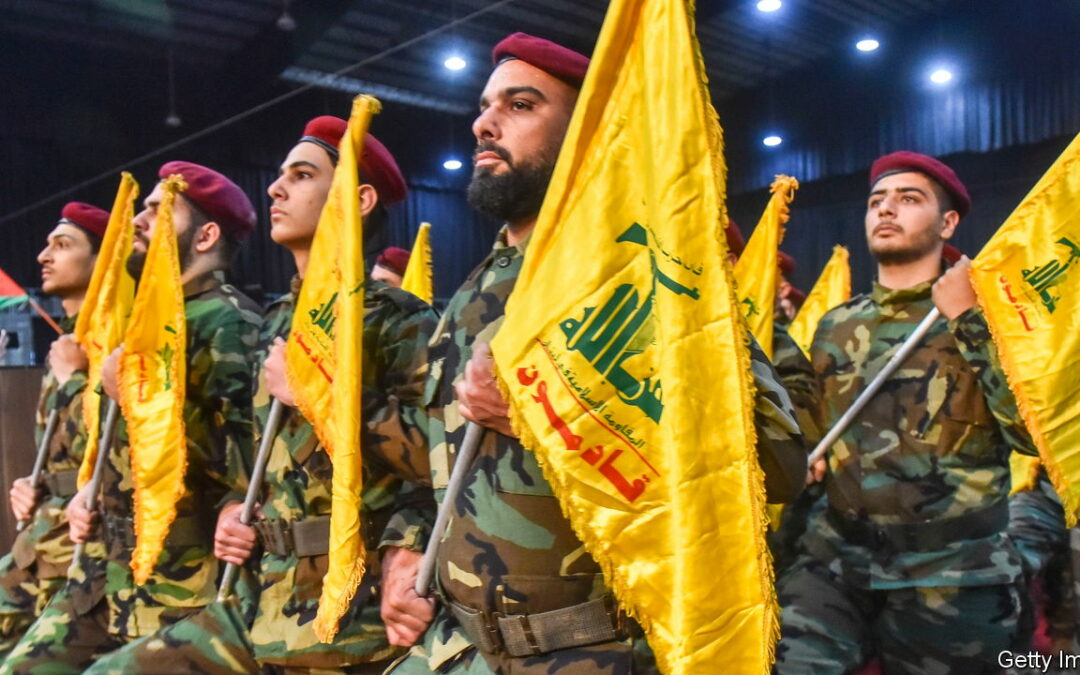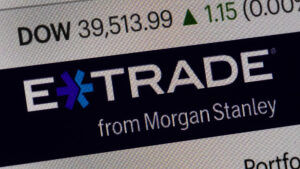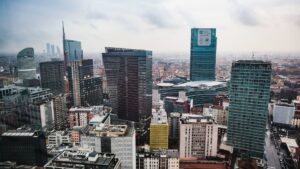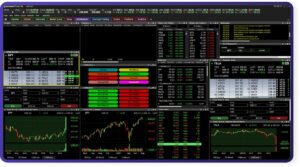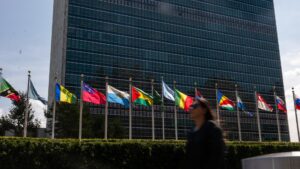ISRAEL IS AMASSING troops at its border with the Gaza Strip ahead of an expected ground invasion. At the same time it is evacuating villages near its border with Lebanon for fear that a second front could open in the north. Hizbullah, an Iran-backed Shia militant group based in Lebanon, has exchanged fire with Israel. Troops on both sides, a journalist and at least two Lebanese civilians have been killed. Iran warns that a “pre-emptive action” against Israel by proxies could be imminent. Hizbullah has gone to war before in support of Hamas, the militant group that runs Gaza. Its involvement in the current conflict would mark a significant escalation. What is Hizbullah, and how great is the threat?
After Lebanon gained independence from France in 1943, political power was divided on the basis of sect. The three religious groups with the most adherents—Sunni Muslims, Maronite Christians and Shia Muslims—agreed to allocate government positions in proportion to their size. Political representation for smaller sects was also guaranteed. After 1948 an influx of Palestinians caused a shift in Lebanon’s demography; in 1975 sectarian tensions sparked a 15-year civil war. During that time Israel twice sent troops into Lebanon to repel raids by Palestinian militias based in the country. By 1982 it occupied most of southern Lebanon and parts of the capital, Beirut.
Hizbullah, or the “Party of God”, as its name means in Arabic, emerged during that period. In 1982 Iran began training young Shia militants to harass the Israeli soldiers then occupying southern Lebanon and to fight for the Shia cause in the civil war. By the mid-1980s Hizbullah was a coherent organisation, backed by both Iran and Syria. In an open letter published in 1985, it promised to fight Israel and the West—and urged its countrymen to establish an Islamic state. The group honed its guerrilla tactics, including the use of car-bombs and assassinations.
The civil war ended in 1990. Hizbullah and some allied non-Shia parties won 12 parliamentary seats in elections in 1992. The group helped to force Israel out of southern Lebanon in 2000, and gained political clout among its countrymen as a result. By 2008 various Lebanese factions agreed that Hizbullah and its allies should be guaranteed just over a third of cabinet seats, giving the group a veto on government policies. In 2009 it published an updated version of its manifesto, calling for “true democracy” rather than the establishment of an Islamic state. (It did not change its stance towards Israel.) In 2018 Hizbullah and its allies won a majority in parliament. They lost it in 2022, but retained 62 of the 128 seats.
The militia remains an important regional actor. Iran continues to supply it with weapons. Hizbullah maintains good relations with Syria, its other longtime ally. It has periodically fired rockets into northern Israel and conducted several cross-border raids in the past two decades. In 2006 it went to war with Israel after it launched a ground operation in Gaza. During that war it fired more than 4,000 (largely inaccurate) rockets into Israel over a month. When civil war broke out in Syria in 2011 Hizbullah sent thousands of fighters to support the regime of Bashar al-Assad. In Syria it began to resemble a regular trained army, using drones for both intelligence and attack purposes, and winning and holding territory.
Hizbullah’s stockpile of rockets and missiles is now thought to number around 150,000. It claims to have acquired precision-guided missiles, with Iran’s help, some of which are capable of landing within ten metres of their targets. That makes more worrying the prospect that it might intervene in the Israel-Hamas conflict. On October 15th America said it was sending a second aircraft-carrier towards Lebanon in an effort to “deter any state or non-state actor seeking to escalate this war”. It is too early to say whether Hizbullah will heed the warning. ■

